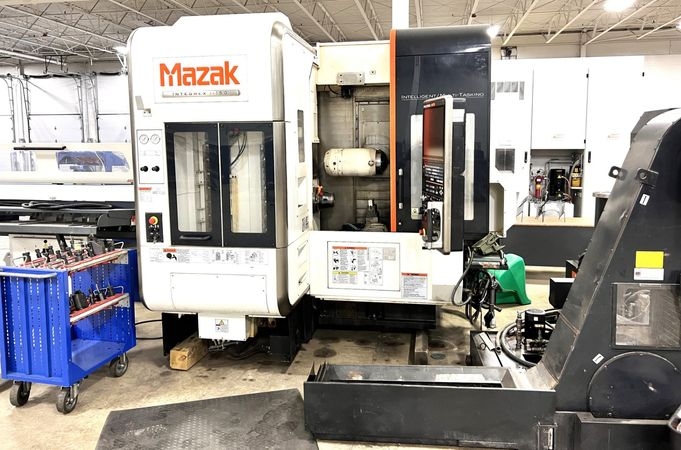CNC Multitasking: Manufacturing Efficiency
Manufacturing, the quest for efficiency, precision, and innovation is on going. One significant advancement that has been transforming the industry is CNC 5 Axis multitasking. By integrating the functionality of multiple machines into a single piece of equipment, CNC multitasking allows manufacturers to do more with less, enhancing productivity and profitability. This article delves into the benefits, costs, and transformative potential of CNC multitasking in modern manufacturing.
The Benefits of CNC Multitasking
1. Increased Efficiency and Productivity
CNC multitasking machines combine various machining processes such as milling, turning, drilling, and tapping into one unit. This consolidation enables manufacturers to complete complex parts in a single setup, significantly reducing the time and labor required.
- Reduced Setup Times: With fewer setups and changeovers, operators can focus on machining rather than preparing and transferring parts between different machines.
- Minimized Workpiece Handling: Less handling means reduced risk of errors and damage, ensuring higher precision and quality.
2. Space Optimization
By consolidating multiple machines into one, CNC multitasking frees up valuable shop floor space.
- Compact Footprint: A single multitasking machine takes up much less space than several dedicated machines, allowing manufacturers to make better use of their available area.
- Enhanced Workflow: Improved shop layout and reduced clutter lead to smoother operations and better workflow management.
3. Cost Savings
While the initial investment in CNC multitasking machines can be high, the long-term cost benefits are substantial.
- Lower Labor Costs: Fewer machines require fewer operators, leading to significant savings in labor costs.
- Reduced Maintenance: Maintaining one machine is often less costly and time-consuming than maintaining several, further cutting down on overhead expenses.
4. Protection of Intellectual Property
CNC multitasking machines can optimize part designs, making them easier to manufacture and harder to replicate.
- Design Complexity: By enabling the creation of more complex and intricate designs, these machines help protect a company’s intellectual property from being easily copied by competitors.
- Confidentiality: Keeping production in-house with multitasking machines reduces the need to outsource, maintaining the confidentiality of proprietary designs.
5. Flexibility in Pricing and Increased Profit Margins
The efficiency gains from CNC multitasking provide manufacturers with greater flexibility in pricing structures.
- Competitive Pricing: Lower production costs allow manufacturers to offer more competitive pricing to customers without sacrificing profit margins.
- Higher Profit Margins: Enhanced efficiency and reduced waste translate directly into higher profit margins on existing parts

The Costs of CNC Multitasking
1. Initial Investment
CNC multitasking machines represent a significant capital investment. However, the return on investment (ROI) can be rapid due to the efficiencies and cost savings they provide.
- High Purchase Cost: The upfront cost of these advanced machines can be a barrier for some manufacturers, requiring careful financial planning and justification.
- Training and Implementation: Operators and staff need to be trained to use the new technology effectively, which can incur additional costs and require time.
2. Maintenance and Upkeep
Despite the reduction in overall maintenance compared to multiple machines, CNC multitasking equipment still requires regular maintenance to operate at peak efficiency.
- Specialized Maintenance: These machines may require specialized maintenance services and parts, which can be more expensive than those for conventional machines.
CNC multitasking is revolutionizing the manufacturing industry by combining the capabilities of multiple machines into one powerful unit. The benefits of increased efficiency, space optimization, cost savings, intellectual property protection, and flexible pricing structures make it an attractive option for manufacturers looking to enhance their operations.
While the initial investment and maintenance requirements may be higher, the long-term gains in productivity and profitability make CNC multitasking a worthwhile consideration for forward-thinking manufacturers. By embracing this technology, companies can boost their competitiveness, differentiate themselves from other manufacturers, and secure a more prosperous future in the ever-competitive manufacturing landscape.
